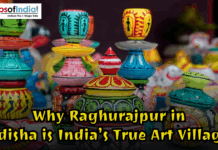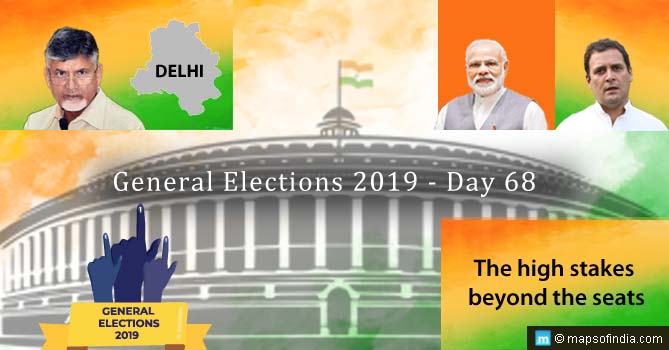Political party symbols play a crucial role in India’s democracy. They help voters easily identify parties and represent each party’s core values and vision. Are you curious to interpret the national political party symbols and understand their meaning and significance? Continue reading further to learn everything you need to know about the symbols of national political parties.
Here is a list of national political party symbols with their meaning and significance:
Bharatiya Janata Party (BJP): Lotus
The Bharatiya Janata Party (BJP) carries the symbol of the pink lotus. In Hinduism, the lotus is seen as a symbol of purity, beauty, rebirth, and divine power. Lotus represents spiritual enlightenment as it emerges unsullied from murky waters and opens its petals to the sun. For the BJP, the lotus has symbolised their identity since its adoption in 1951. Even today, the lotus remains widely recognised as the BJP’s signature.
Indian National Congress (INC): Hand
The INC’s symbol is a palm facing forward in a ‘Panja’ posture. The INC hand symbol echoes India’s continental size and diversity. It denotes the party’s message of unity and inclusiveness across diverse social classes and ethnicities. INC aimed to bring all Indians together under one banner of national freedom struggle. The hand carries the ideological goal of building consensus and representing people of all backgrounds.
Aam Aadmi Party (AAP): Broom
Broom is the election symbol of the Aam Aadmi Party (AAP). What does a broom depict as an election symbol? The broom aims to highlight the AAP’s agenda of sweeping away corruption and dirt from politics. When common citizens watched empty promises not being kept, Arvind Kejriwal and others formed the AAP to give ordinary people, or ‘aam aadmi’, a voice. By depicting a broom, the AAP seeks votes by convincing people that it can sweep away dirt in politics through transparency and accountability. Since its formation, AAP has grown in prominence and its broom symbol continues to represent its agenda.
Bahujan Samaj Party (BSP): Elephant
The elephant is the election symbol of the Bahujan Samaj Party (BSP). The BSP chose the elephant as its election symbol as it depicts strength, power, and empathy. Mayawati aimed the Party to represent downtrodden communities like Dalit and advocate for their rights and empowerment. In ancient India, elephants were often driven by people from underprivileged castes whose contributions the party acknowledged. Elephants are also known for their long memory – signifying the BSP’s struggle for social justice that still inspires millions of marginalised people.
Communist Party of India (Marxist): Hammer and Sickle
The election symbol of the Communist Party of India (Marxist) is the Hammer and Sickle. These tools of industrial and agricultural workers have become globally recognised communist symbols. When the CPI split in 1964 over ideological deviations, the CPI(M) retained the hammer and sickle to signify its commitment to the Marxist-Leninist revolutionary struggle for working-class prosperity. Even today, the symbol evokes the values of proletarian solidarity and social equality.
National People’s Party (NPP): Book
The election symbol of the National People’s Party (NPP) is the Book. In a fast-changing world, the NPP believes investing in knowledge is key to progress. Why did NPP choose their symbol to be a book? By an open book, the party symbolises its commitment to prioritising education and empowering skilled youth to shape India’s future. The symbol advocates nurturing minds to construct a fair and progressive society.





